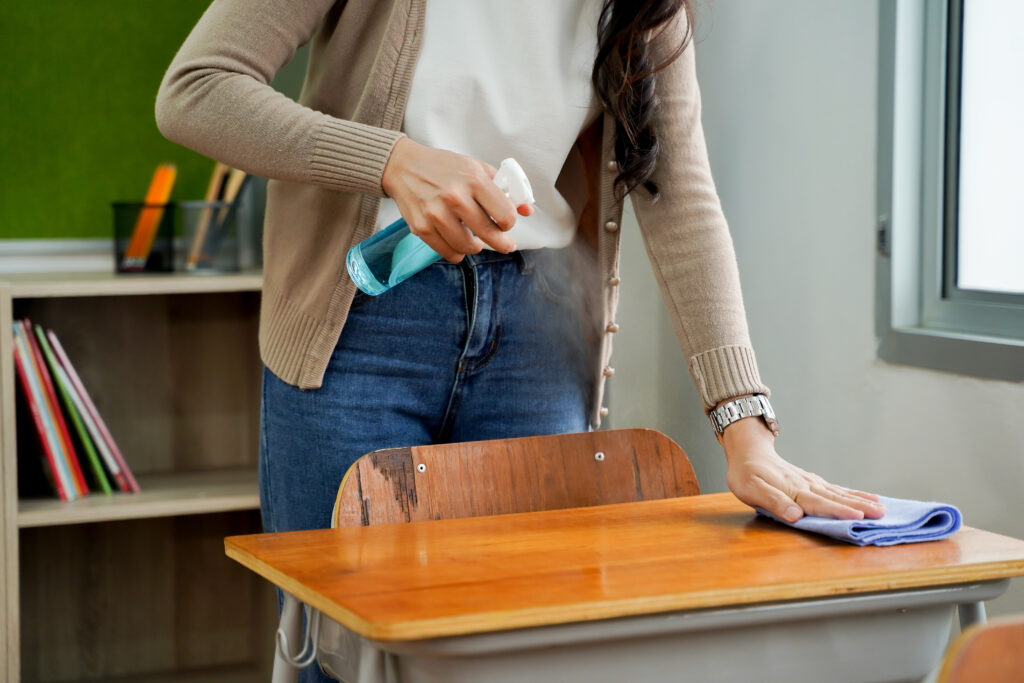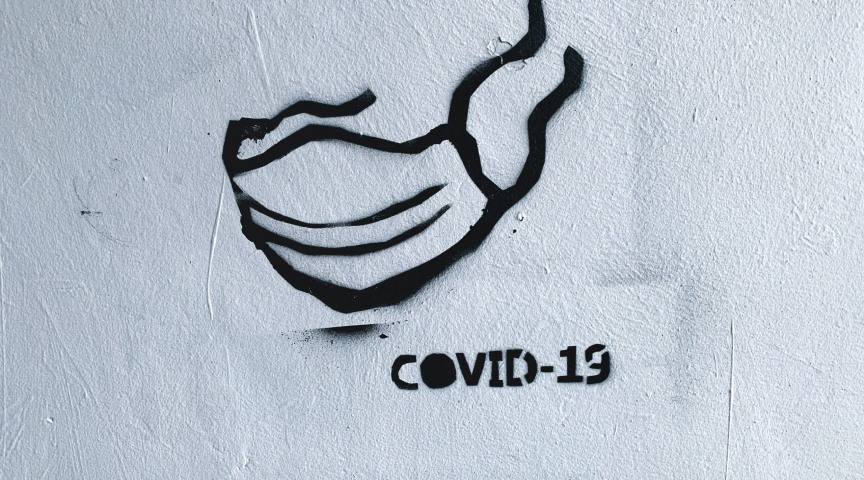Newsroom
CDC Updates Cleaning Guidelines for K-12 Schools to Prevent Infections
In a bid to enhance the health and safety of K-12 schools, the CDC has released updated cleaning guidelines aimed at preventing the spread of infectious diseases such as influenza and norovirus. These guidelines emphasize the importance of maintaining a rigorous clea...






